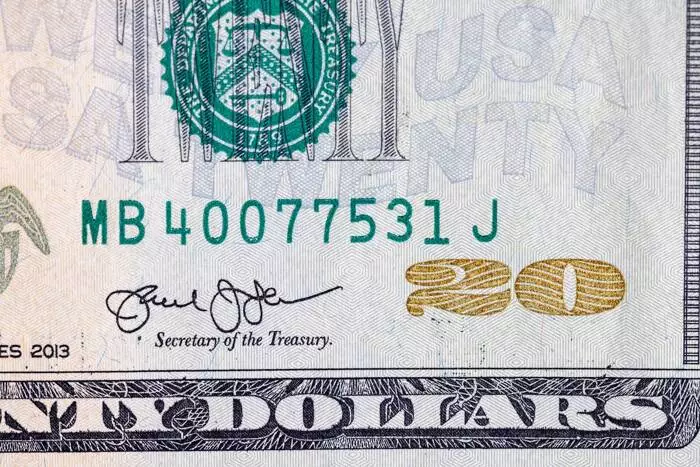The current landscape of the US economy presents a complex mosaic of conflicting signals. While early indicators suggest a slowdown—potentially signaling an impending economic downturn—the true impact remains shrouded in uncertainty. Many analysts observe a subtle weakening, yet caution against jumping to definitive conclusions. The economy seems to be at a crossroads, with initial data yet to fully reflect the consequences of external factors like tariffs and domestic policy shifts. These early signs, however, should not be mistaken for a haywire breakdown but rather seen as a prelude to what might develop in subsequent months.
The challenge lies in disentangling the immediate effects from the lagging ones; tariffs, for example, tend to influence prices gradually, often taking several months to ripple through supply chains and consumer costs. As such, the economic landscape remains in a state of flux, demanding patience and scrutiny. The upcoming data release—particularly the June inflation report—will provide crucial insights, but it remains inherently limited in predicting long-term trends in an environment marked by market volatility and policy uncertainty.
Inflation Insights and the Fed’s Dilemma
Market expectations ahead of the June inflation data point towards a modest increase in consumer prices—a sign that could be partly driven by tariff effects on goods like apparel and other import-dependent items. Economists forecast a slight rise in year-on-year inflation rates, nudging past 2.6%, with core inflation tracking slightly higher at 3.0%. Month-on-month figures suggest a small upward tick, implying a potential temporary inflationary pressure that may or may not persist.
However, despite these rising numbers, the Federal Reserve’s next move remains elusive. The minutes from recent meetings reveal a divided committee, with some members favoring a cautious pause, citing short-term inflation as possibly transitory, while others remain wary of prolonged price increases. This divide underscores the broader debate about whether inflation is merely a blip or the beginning of a deeper, more persistent trend.
Most market participants have priced in a pause—holding the federal funds rate steady at 4.25% to 4.50%—but the market also anticipates that rates could fall by year’s end. If inflation numbers surpass expectations significantly, it could ignite volatility—triggering a sell-off in Treasuries and boosting the US dollar (USD). Conversely, softer-than-expected inflation could push markets toward a USD correction, emphasizing the delicate balance policymakers and traders are attempting to manage amidst competing signals.
Market Dynamics and the Power Play of Expectations
The financial markets are an intricate web of expectations and realities. The high probability—around 93%—that the Fed will hold rates steady at its upcoming meeting reflects conviction that current data does not warrant an immediate shift. Yet, this consensus is fragile, hinging on the upcoming inflation figures. The market’s pricing—anticipating rate cuts in September, October, and by the end of the year—reveals a cautious optimism about the potential easing of monetary policy, but this optimism is highly sensitive to incoming data.
If the June report reveals inflation surpassing forecasts, investor sentiment could quickly shift, leading to a surge in US dollar demand. This scenario would align with Dollar’s typical response to inflation fears—investors seek safety and asset revaluation, especially when bond markets react negatively to inflation surprises. The current positioning of traders—in particular, the speculative short positions on USD—also sets the stage for potential sharp corrections. Should data disappoint expectations, the USD could weaken, prompting a reversal in the currency’s recent strength.
It is tempting to view monetary policy and economic indicators as deterministic factors, but in reality, markets are fundamentally driven by expectations and sentiment. The narrative surrounding inflation, tariffs, and Federal Reserve policy is in constant evolution, often overemphasizing short-term data to predict long-term trends. That makes the upcoming months critical, not because they will definitively settle the debate but because they will shape the narrative that guides investor behavior and policy decisions for the foreseeable future.
Why This Matters More Than Ever
In this uncertain climate, the importance of market psychology cannot be overstated. Investors are navigating a landscape where every data point carries weight, but no single piece of information is decisive. The delicate dance between inflation expectations, monetary policy, and geopolitical shocks makes the future unpredictable but also deeply fascinating.
What is clear—as the global economy faces similar turbulence—is that confidence in economic stability hinges on nuanced signals rather than headline figures alone. As many traders and analysts vigilantly watch for signs of inflationary pressures, tariffs’ ripple effects, and Federal Reserve responses, it’s evident that perceptions shape outcomes just as much as actual economic conditions.
In this environment, strategic foresight and a willingness to adapt swiftly are essential. The market’s next moves will likely be dictated more by collective expectations and reactions than by concrete fundamental shifts alone. For stakeholders across the board—from policymakers to investors—the real challenge is maintaining a clear-headed view amid the fog of economic uncertainty, while acknowledging that no prediction is foolproof in such a dynamic and interconnected system.

